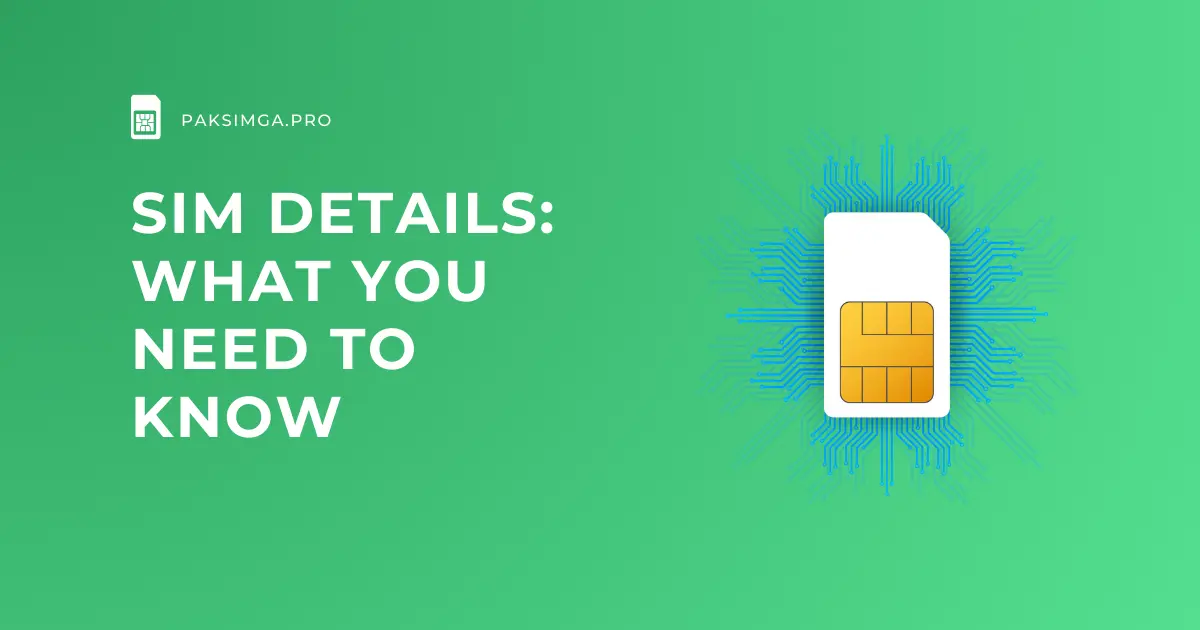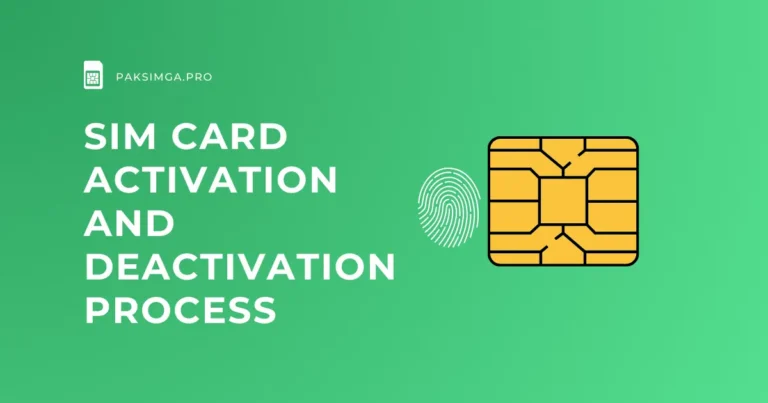SIM Details: What You Need to Know
Understanding the details associated with your SIM card is crucial for managing your mobile communications effectively. A SIM card is a small chip that you insert into your phone, allowing you to connect to your carrier’s network. It enables you to make phone calls, send messages, and use mobile data services.
Knowing your SIM card details, such as the mobile number, registration status, and owner’s name, can be beneficial in various situations. For instance, if your phone is lost or stolen, you can quickly deactivate the SIM card to prevent unauthorized access to your personal information. Additionally, understanding how to activate, insert, and troubleshoot your SIM card can save you time and money.
In this article, we will provide you with a comprehensive guide to understanding SIM details. We will cover the different types of SIM cards, how to find your SIM card number, and how to use the SIM information system. By the end of this article, you will have a better understanding of how to manage your mobile communications effectively.
Essentials of SIM Technology
What Is a SIM Card?
A SIM (Subscriber Identity Module) card is a small chip that is inserted into a mobile device to enable it to connect to a mobile network. The SIM card stores information such as the phone number, contacts, and other data. It also contains security information that is used to authenticate the device on the network.
Types of SIM Cards
There are three main types of SIM cards: standard SIM, micro SIM, and nano SIM. The standard SIM card is the largest and was the most commonly used type until recently. The micro SIM is smaller than the standard SIM and is commonly used in older devices. The nano SIM is the smallest and is used in most modern devices.
SIM Card Sizes
The standard SIM card measures 25mm x 15mm and is 0.76mm thick. The micro SIM measures 15mm x 12mm and is 0.76mm thick. The nano SIM measures 12.3mm x 8.8mm and is 0.67mm thick. It is important to note that not all devices are compatible with all SIM card sizes, so it is essential to check the device specifications before purchasing a new SIM card.
In summary, a SIM card is an essential component of any mobile device. It enables the device to connect to a mobile network and store important information. There are different types and sizes of SIM cards available, so it is important to choose the right one for your device.
Using Your SIM Card
Activating Your SIM Card
When you first get a new SIM card, you need to activate it before you can use it. This involves registering your details with your carrier and linking the SIM card to your account. Activation is usually done automatically when you insert the SIM card into your phone and turn it on. If you have any issues with activation, you can contact your carrier’s customer service for assistance.
Managing SIM Security
Your SIM card contains sensitive information, such as your phone number and contacts. Therefore, it is important to take steps to ensure that your SIM card and the data it contains are secure. One way to do this is by setting a PIN code for your SIM card. This will prevent unauthorized access to your SIM card and the data it contains.
Understanding SIM Locks
A SIM lock is a feature that restricts the use of your SIM card to a specific carrier. This means that if you have a SIM-locked phone, you can only use it with the carrier that the phone is locked to. If you want to use your phone with a different carrier, you will need to unlock it first. Some carriers may charge a fee to unlock your phone, while others may provide the service for free.
It is important to note that not all phones are SIM-locked. If you purchase a phone directly from the manufacturer or an unlocked phone retailer, it will usually be unlocked and able to be used with any carrier.







